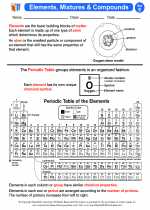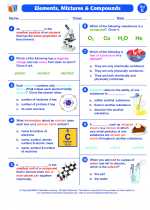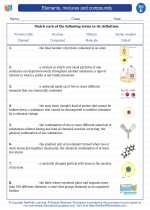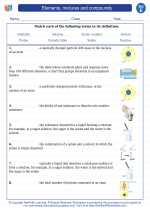Formation of Glaciers
Glaciers form in areas where snowfall exceeds snowmelt over many years, causing the accumulation of compacted snow and ice. Over time, the weight of the overlying snow compresses the lower layers into ice. This process, known as "glaciation," leads to the formation of a glacier.
Movement of Glaciers
Glaciers move due to the force of gravity and the gradual deformation of the ice. The process of movement, or "flow," occurs as the ice at the base of the glacier melts and refreezes, allowing the glacier to slide slowly downhill. This movement results in the characteristic "creep" of glaciers, which can range from a few centimeters to several meters per day.
Erosional Processes
Glaciers are powerful agents of erosion, capable of carving deep valleys, fjords, and cirques. The movement of glaciers scours the underlying bedrock, plucking and grinding rocks as they advance. This process results in the formation of features such as glacial valleys, roche moutonnée, and glacial erratics.
Depositional Processes
As glaciers move, they carry sediments and rock debris, which can be deposited as the ice melts. This process creates landforms such as moraines, drumlins, and eskers. The deposition of glacial sediments also influences the formation of fertile soils and contributes to the shaping of landscapes in glaciated regions.
Effects on the Environment
Glacial activity has a profound impact on the environment, influencing factors such as climate, hydrology, and biodiversity. The melting of glaciers contributes to sea-level rise, while glacial meltwater serves as a vital freshwater resource for many regions. Additionally, the unique habitats created by glacial landscapes support diverse ecosystems and species.
Study Guide for Glacial Activity
- Describe the process of glacier formation and the factors that contribute to glaciation.
- Explain how glaciers move and the mechanisms behind glacial flow.
- Discuss the erosional processes associated with glacial activity and the landforms they create.
- Explore the depositional processes of glaciers and the landforms resulting from glacial deposition.
- Analyze the environmental effects of glacial activity, including its influence on climate, hydrology, and ecosystems.
◂Science Worksheets and Study Guides Fifth Grade. Elements, mixtures and compounds

 Activity Lesson
Activity Lesson
 Worksheet/Answer key
Worksheet/Answer key
 Worksheet/Answer key
Worksheet/Answer key
 Worksheet/Answer key
Worksheet/Answer key
 Worksheet/Answer key
Worksheet/Answer key
 Vocabulary/Answer key
Vocabulary/Answer key
 Vocabulary/Answer key
Vocabulary/Answer key
